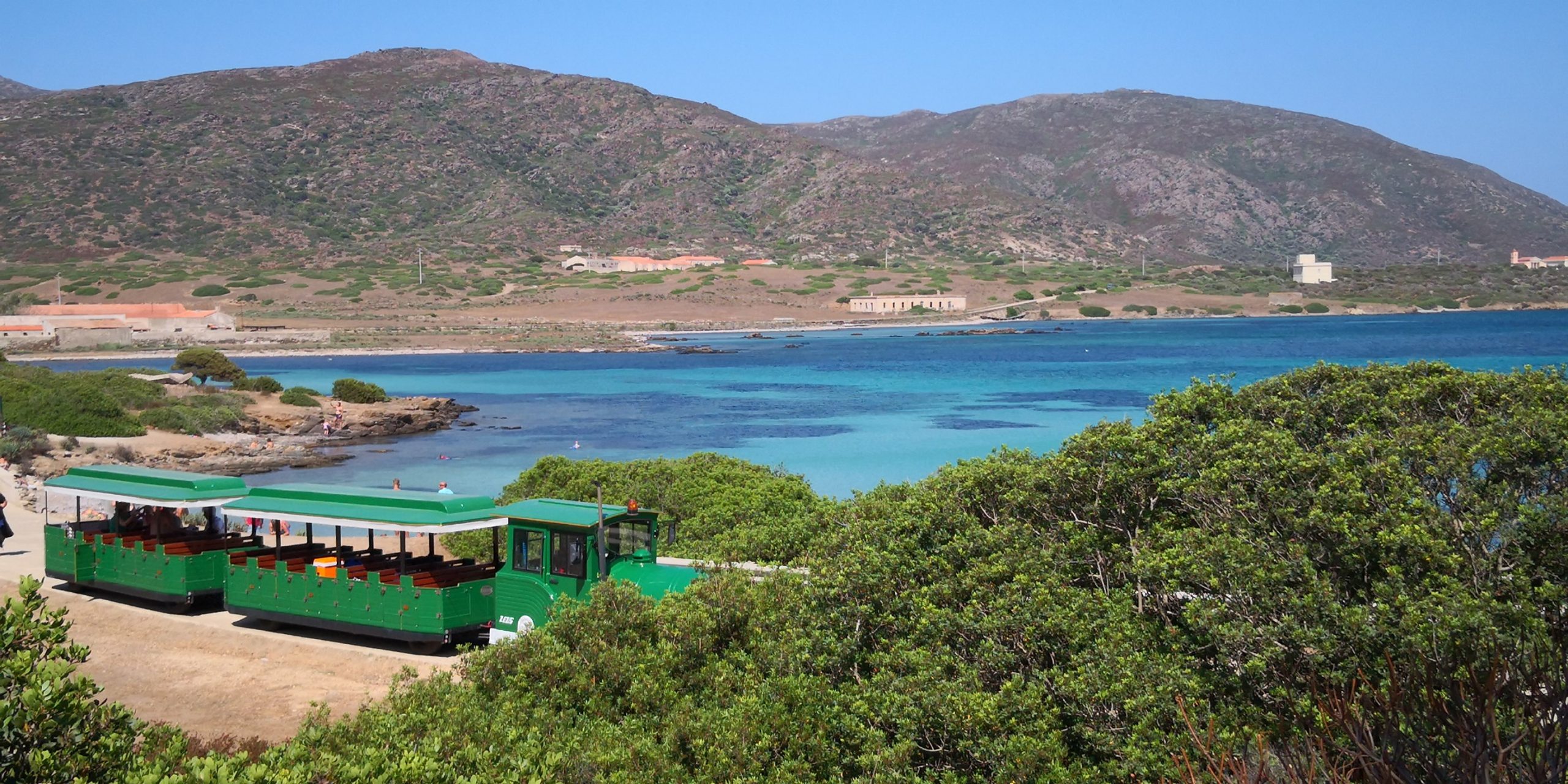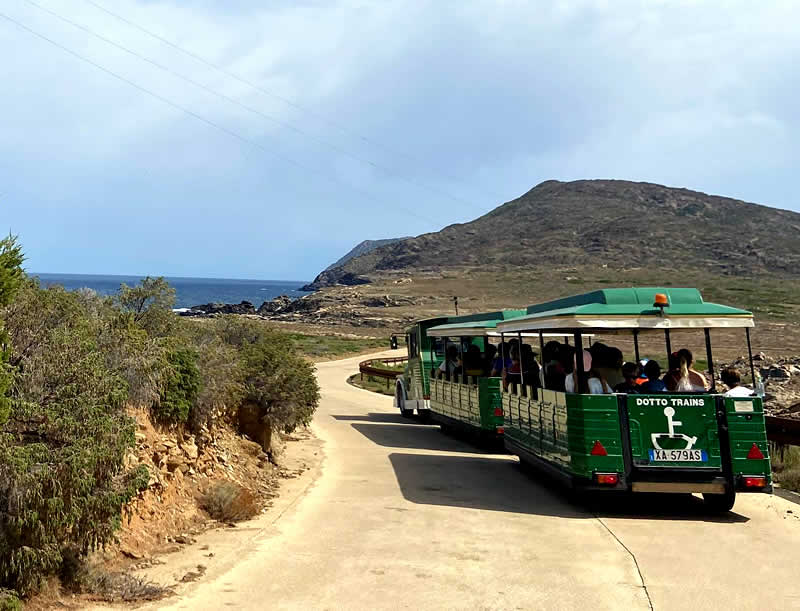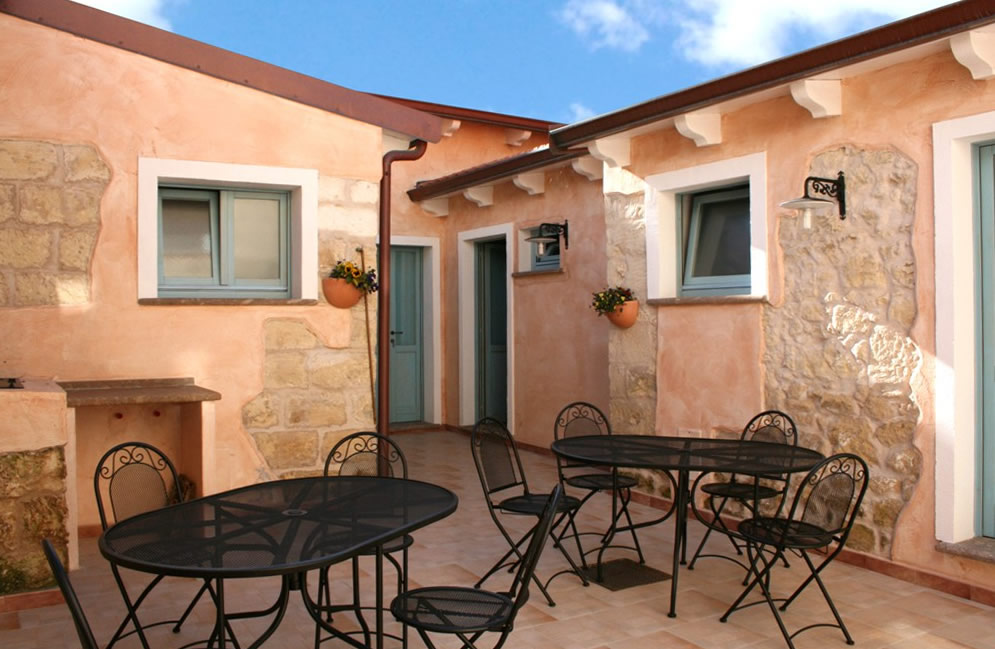Contemplation in the presence of the power of nature, breathlessness in front of windswept landscapes, harsh and sunny paths, a secular isolation that has preserved the Mediterranean environment: these are the sensations generated by Asinara, an island with a singular history. It was first a ‘quarantine’ health station and a penal colony, then a prison camp during the Great War, since 1975 a maximum security prison where red Brigades, kidnappers and bosses of the underworld ended up. Finally, in 1997, the establishment of the national park: the naturalistic treasure scattered over 50 square kilometers (and 110 coastal kilometers) is part of the Municipality of Porto Torres. The shape of the island is narrow and elongated, crossed by a 25-kilometer long concrete road, to which thematic itineraries are connected, traced as early as the seventeenth century, today enhanced by the park authority. The passage of the Fornelli, a blue-painted canal that gives its name to the prison building near the southern pier, separates Asinara from the extreme north-west of Sardinia – that is, from Isola Piana, Capo Falcone and La Pelosa. Three paths start from Fornelli: ‘dell’acqua’, starring the sea, springs, streams and ponds; ‘Del Castellaccio’, whose medieval ruins are on top of a hill; and ‘of granite’, between scrub, granite quarries and the beautiful Cala Sant’Andrea, an area with an integral reserve, where access is forbidden. 90 percent of the territory, on the other hand, is ‘zone 2’, with less rigid limits, useful for not ‘disturbing’ the ecosystem, including 678 floral species, of which 29 are endemic.
If you are visiting the island for the first time, a train, jeep or bus is recommended. If you already know it, live it in freedom, with mountain bikes or assisted bikes. In spring, nature offers its best: it is the best season to visit. In autumn and winter uncontaminated and inaccessible places will fascinate you. For an in-depth visit an off-road vehicle is ideal: you will make several stops and you can stay overnight in Cala d’Oliva, a north-eastern landing place and a village with low, white houses, separated by narrow stone-paved streets. They were originally inhabited by the 45 future founding families of Stintino, then from 1885, with the establishment of the penal colony, by prison guards and their families. The Antimafia magistrates Falcone and Borsellino also stayed there. Today its premises house the Botanical Observatory. In the upper part there are bunkers and the direction of the prison districts, from which two other paths start: ‘del leccio’, up to the Elighe Mannu grove, and ‘del faro’, which passing through Cala Sabina, a natural pool where you can swim , Cala dei Ponzesi and the delightful Cala d’Arena, also under maximum protection, reaches the lighthouse of Punta Scorno, disturbing for austerity and solitude. The beaches are all to the east, where the coast gradually declines, sandy, with outcropping rocks. The western side plunges dramatically with steep cliffs covered with brightly colored marine flora. The coast is colonized by rare species, such as red alga and giant limpet, a little further off you can make surprising encounters with dolphins. The seabed is a submerged treasure chest rich in biodiversity, protected (since 2002) by the marine protected area: sailing, fishing tourism and diving excursions with park operators are allowed in large areas. The depths hold shipwrecks from all eras, including a 4th century ship near the Cala Reale pier. In the inlet there is a village of the late nineteenth century that hosted the royals of Savoy (hence the name of the bay) during their visits. Once upon a time, a hospital used to welcome crews affected by infectious diseases. The buildings have become the headquarters of the Ministry of the Environment and tourist services, the starting point for excursions.
The park is a timeless place where nature reigns supreme. Animals, extinct elsewhere, live here undisturbed, including the symbol of the island: the white donkey, to which a path is dedicated. You will meet him in the wild, together with mouflons, wild boars and horses with whom you can ‘walk’ starting from the equestrian center of Campu Perdu, once a penal branch with an agricultural vocation: the inmates worked in stables and barns. Also nearby are the first human traces on the island, a domus de Janas necropolis, a stop on the ‘path of memory’ that traces the main historical events. Another stop is the 1938 Austro-Hungarian ossuary, with the remains of seven thousand prisoners deported during the Great War.



